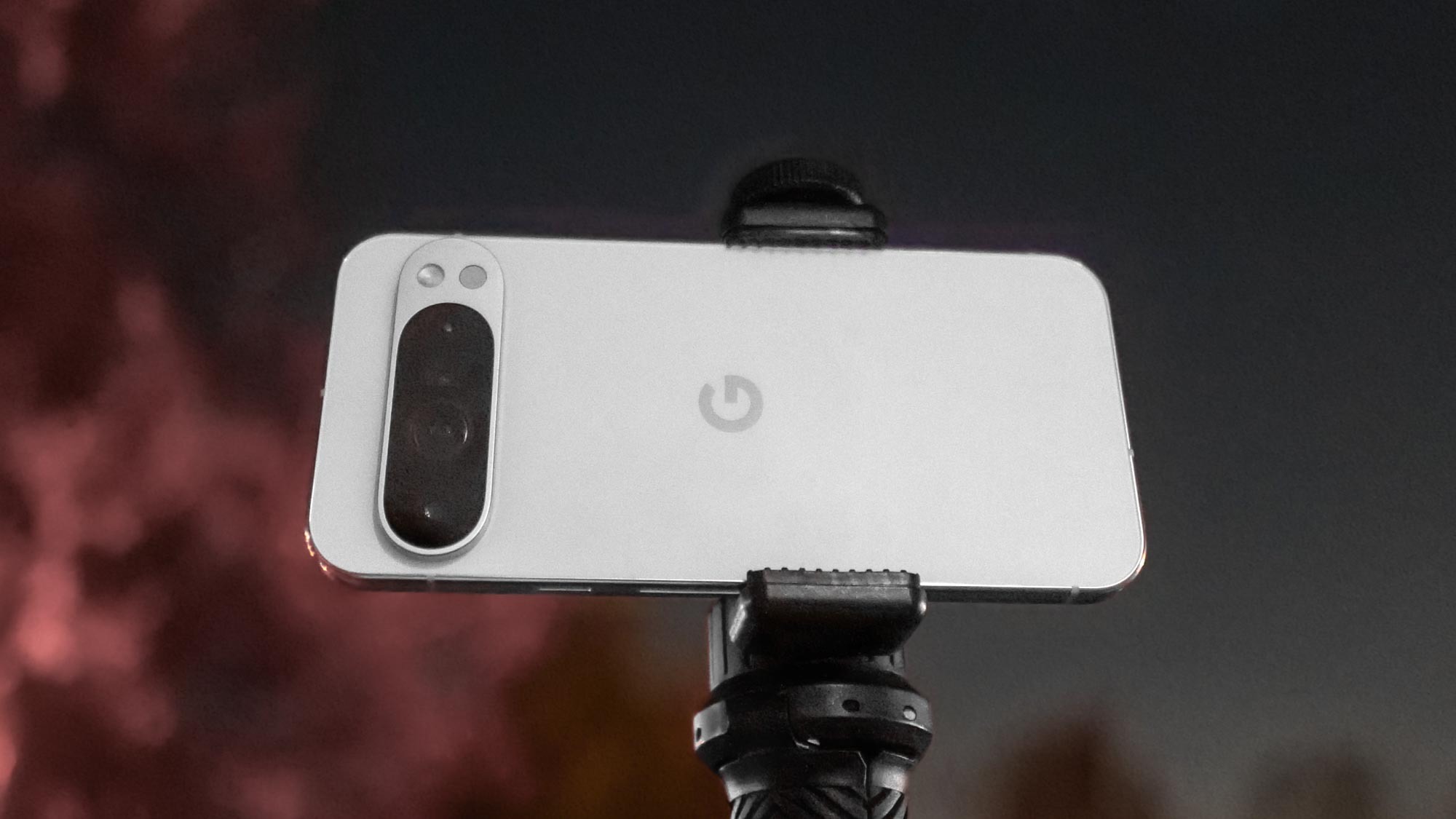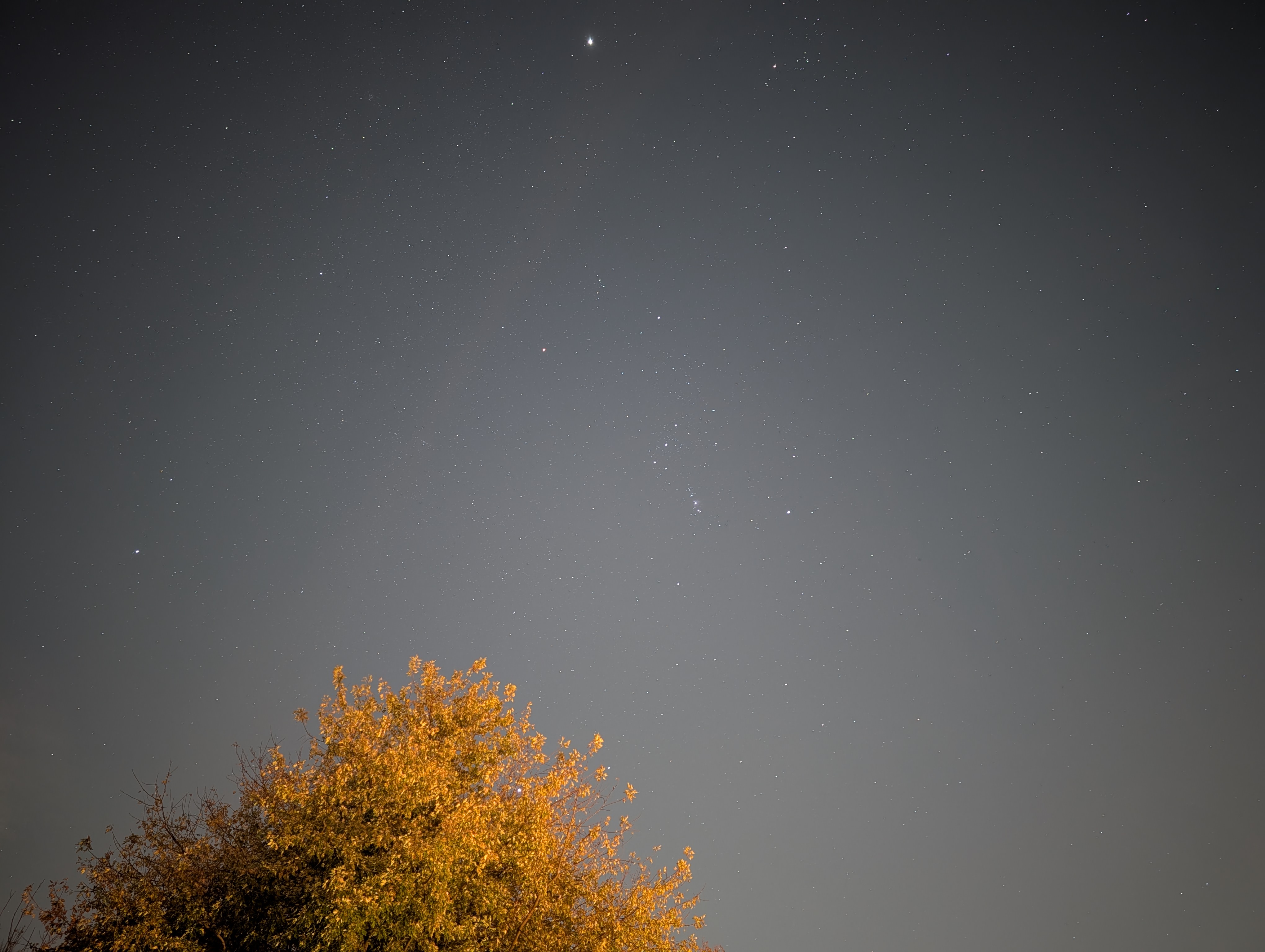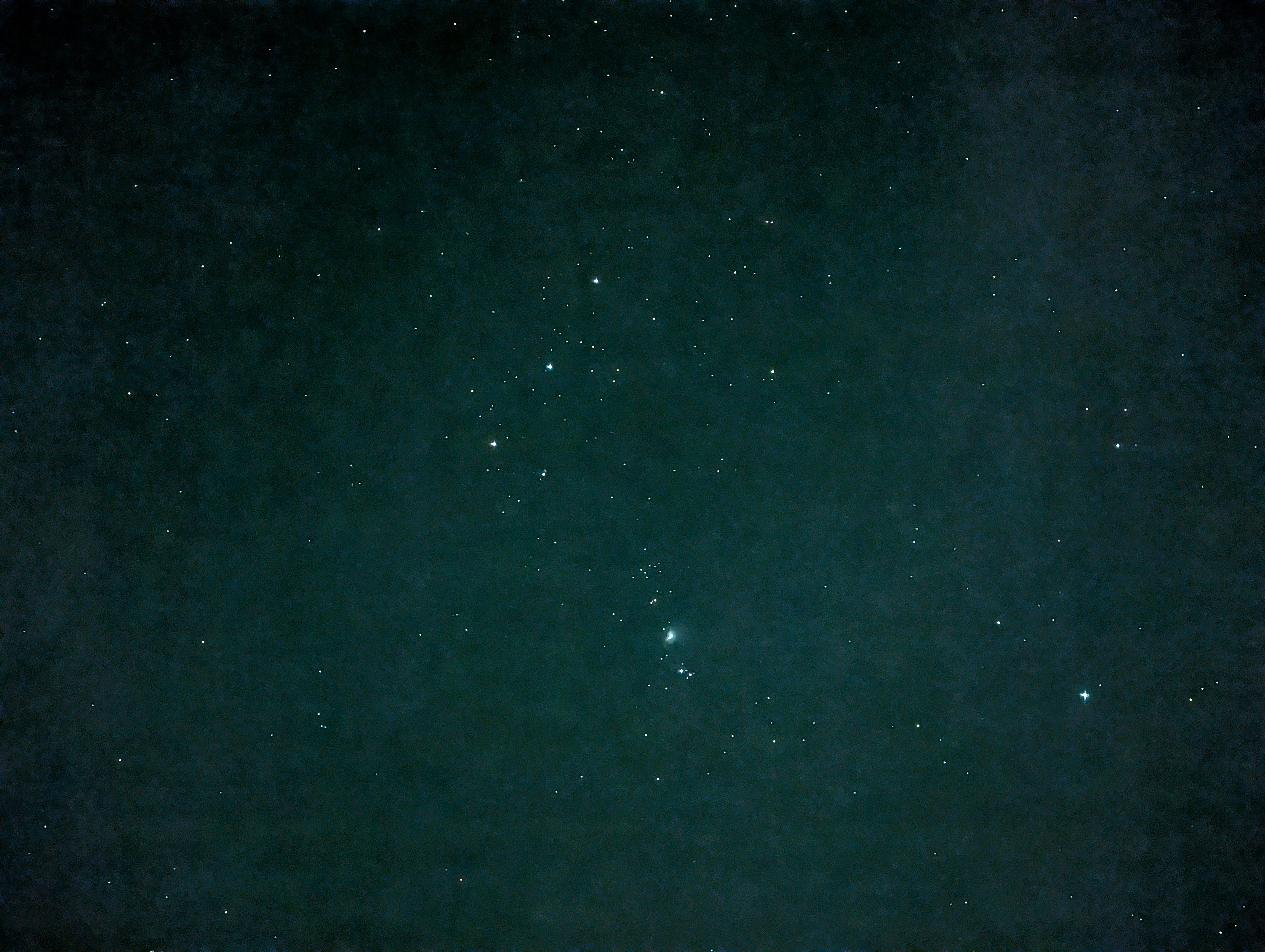
Fall evenings are perfect for astrophotography because the cool weather keeps those pesky mosquitoes away, which gives me enough time to enjoy what I’m trying to capture in the night sky. I’ve been testing the Google Pixel 9 Pro XL since its launch back in August and thought now would be the best time to test out its astrophotography performance.
I know exactly what the Pixel 9 Pro XL is capable of with its triple cameras, which I love for the fact it has helpful AI-assisted photo editing tools to help streamline my workflow. In my Pixel 9 Pro XL vs Galaxy S24 Ultra photo face-off, Google’s flagship narrowly edged out Samsung’s best. However, in my Pixel 9 Pro XL vs iPhone 16 Pro Max shoot-out in my 200 photos face-off, the Pixel 9 Pro XL finished behind.
Just a couple weeks ago I put the iPhone 16 Pro Max’s astrophotography to the test, so now I’m doing the same for the Pixel 9 Pro XL. For this round of astrophotography, I targeted my favorite star clusters, galaxies and nebulas to see what it can uncover. Given the iPhone 16 Pro Max’s excellent performance, it’s a tall order to beat. Then again, Google pioneered phone astrophotography.
Pixel 9 Pro XL astrophotography: What you need to know

Similar to my other flagship phone astrophotography sessions, I used a tripod and phone grip to keep my Pixel 9 Pro XL as still as possible to get the best results. Like other long exposure photography, astrophotography needs as much time to gather light and deliver sharp pictures. Any minor swaying or movement can make the difference between a shot that’s in crystal clear focus and one that’s blurry.
Secondly, I made sure to turn on the timer function for 3 seconds. By doing this, it ensures that the phone isn’t inadvertently rocking from the on-screen shutter button being pressed. Another thing I’ve noticed using the Pixel 9 Pro XL for astrophotography is that there’s an option to push it into a dedicated astrophotography mode that requires up to 4 minutes of exposure, while also producing a short timelapse video — something that no other phone I’ve tested does with astrophotography.
However, I will say that the majority of astrophotography images I captured were taken with 6-second exposures with Night Sight mode. That way, I didn’t have to freeze as much outside while taking these photos.
And lastly, I want to point out that it’s possible to force the Pixel 9 Pro XL to use its 48MP telephoto camera with 5x optical zoom. In Night Sight mode, however, it can switch back and forth between the main and telephoto camera — so it’s tough to know exactly which camera it’s using for the shot until after it’s taken.
Star cluster: M45 The Pleiades




During this part of the season, M45 The Pleiades is an excellent target in the night sky because it’s high up in the sky and isn’t affected by nearby light pollution — and as a result of using its dedicated astrophotography mode, produces my favorite shot in this session.
Waiting nearly 4 minutes for it to complete, the main camera captures the star cluster in stunning detail. In fact, all seven major stars in the cluster are clearly defined by the main camera. However, I got annoyed when I switched over to 5x zoom because getting it to focus correctly was one part of the problem. The other was how it was switching back and forth between the two cameras.
Still, the 5x zoom capture of M45 turned out decent. I can at least identify those major stars that make up the cluster, but the image has some blotch areas. And at its maximum 30x zoom, I’m even more impressed that the fainted stars in the cluster are uncovered — which I don’t see from the main camera or 5x zoom.
Planet: Jupiter



Not too far from M45 The Pleiades is the solar system’s biggest planet. Jupiter’s an easy target for all the obvious reasons, especially when it looks like the brightest star in the sky. Ironically, planets are the toughest to image — including some of the smart telescopes I use that get me closer to them than any phone.
Jupiter’s presence is hard to miss with the Pixel 9 Pro XL’s main camera, appearing like an extra large star. Getting closer at 5x zoom, the Pixel 9 Pro XL catches something bright right next to it — perhaps one of Jupiter’s moons? I’ve been able to capture some of Jupiter’s moons with my SeeStar S50 smart telescope, but it’s tough to say if it’s indeed one of its satellites or not.
And finally, the 30x zoom shot of Jupiter is a bit odd. I suspect that there could’ve been a slight breeze that hit the phone while it was imaging it, resulting in some stars appearing to streak.
The moon



Initially I was planning to capture the only galaxy that smartphones could see — the Andromeda Galaxy. Maybe it was due to its position close to the apex in the sky, or perhaps the light clouds rolling through the area, but I could not find it with the Pixel 9 Pro XL’s camera. Instead, I ended up taking the easiest target; the moon.
Moon shots are really easy for most phones, including the Pixel 9 Pro XL. However, it’s still tough to say if it’s been enhanced in some way with the help of AI or not. Nevertheless, the bright light coming off the moon proved to be the most challenging part about capturing the moon in Night Sight mode.
You can clearly see the lens flare created by the light reflecting off the main camera, which is also problematic at 5x zoom. While I’ve seen much better looking moon photos from the Galaxy S24 Ultra, the one captured by the Pixel 9 Pro XL at 30x zoom reveals more details — but the entire shot looks a bit more pixelated.
Nebula: M42 The Great Orion Nebula




This wouldn’t be a proper astrophotography session if I didn’t include the most majestic looking nebular in the night sky. M42 The Great Orion Nebula starts off lower in the horizon, but the Pixel 9 Pro XL impressively captures the light and gas coming off the nebula.
Everyone’s familiar with the three stars that make up Orion’s Belt, but M42 actually sits not too far from it in the southeast. With the Pixel 9 Pro XL’s main camera, I’m surprised that the long exposure of astrophotography mode reveals the nebula — making it look more than just another bright star.
My jaw almost hit the floor when I saw what it captured at 5x zoom. That’s because the familiar emissions I know from M42 become more apparent here with the Pixel 9 Pro XL, which is only magnified when I zoom all the way to 30x zoom.
Bottom line: The Pixel 9 Pro XL can see what I can't

I can’t discount the Pixel 9 Pro XL when it comes to astrophotography, despite technically being a runner up in our best camera phones list. For the larger targets in the night sky, like the Pleiades and the Great Orion Nebula, I think it’s impressive in how it captures the finer details in them that I can’t see with my own eyes unaided. That’s the beauty of the Pixel 9 Pro XL because it reveals those details in stunning clarity.
One thing that also sets it apart from other phones I use for astrophotography is how it also produces a short timelapse clip. It takes extra time, but it’s a nice treat that I don’t have to take the time and make myself. All of this makes the Pixel 9 Pro XL (and Pixel 9 Pro because it has the same set of cameras) such a satisfying camera for astrophotography.







